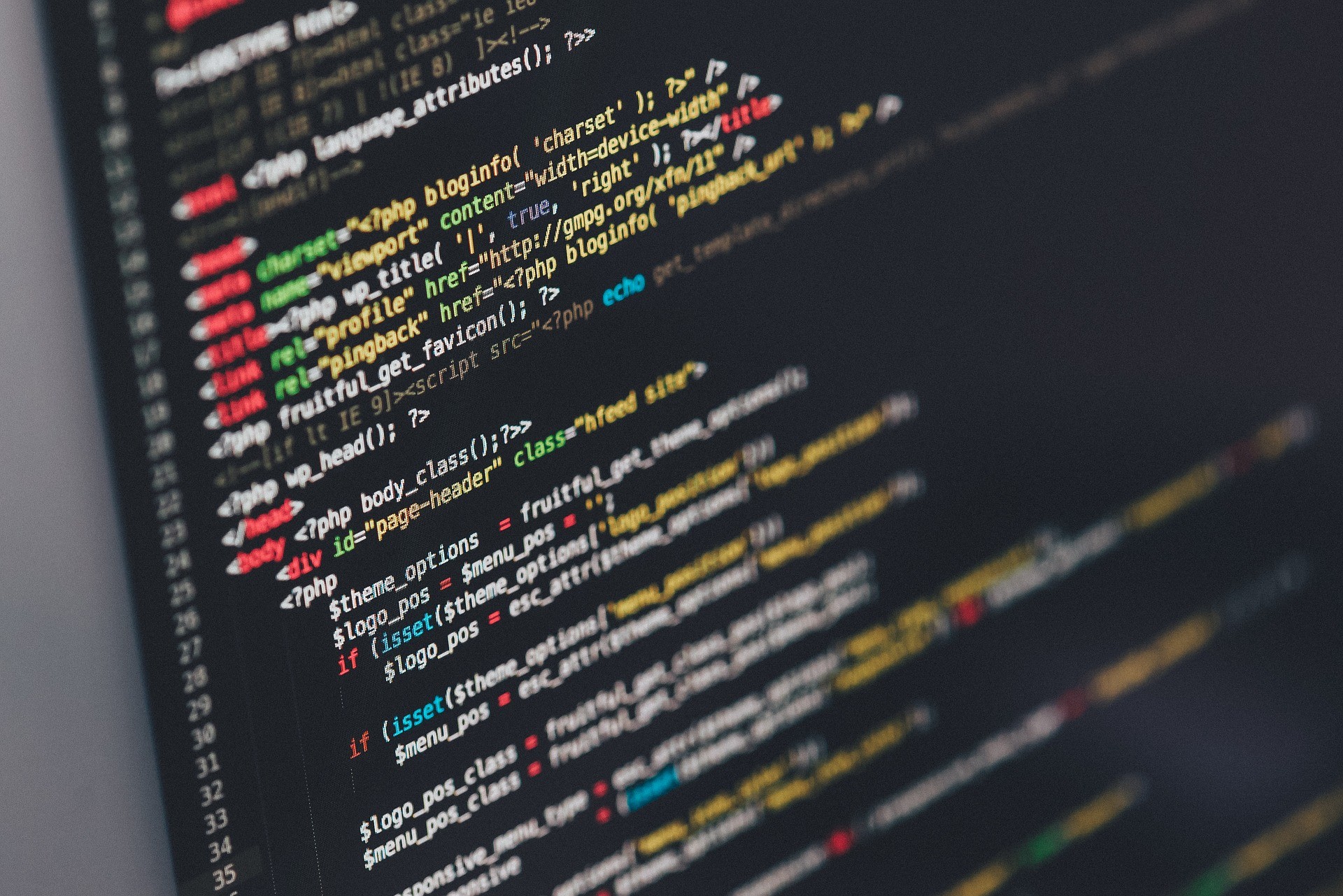
The Challenges of Learning Linux
Since the early 90s programmers and tech companies have utilized the power of the open-source system known as Linux. Each time you give a piece of software a command on a computer, Linux is responsible for sending this information to the hardware on the system. With its help, programmers are able to create functional and easy to use programs.
There are over 600,000 people who use Linux on a regular basis. If you are an up and comer in the computer programming world, learning how to use this system is a must.
The following are just some of the challenges you may face when attempting to learn how to use Linux.
Working With “Easy” Linux
Programs like Fedora and Ubuntu are designed to make installing Linux systems as easy as possible. When installing these programs, it is vital that you perform what is known as a partition-based install. Doing this will help you understand just how the various partitions used in Linux are named and to get a better understanding of the changes that occur when these partitions are swapped.
Some programs, like Wubi, install Linux via virtual partitions. Unless you have some previous experience with Linux and a grasp on real partitions, you need to avoid using systems like this.
Compiling Kernels Can Be Difficult
One of the first hurdles you will face when trying to master Linux is compiling kernels. Often times, new programmers will take a step back and feel a bit intimidated when trying to perform this task. Instead of getting overwhelmed, you need to take this process one step at a time.
In reality, creating a custom kernel will consist of some shell commands and the reading of various checkboxes. While the list of options you will encounter when building a custom kernel is quite substantial, they are generally easy to use. Rather than getting in a hurry, you need to take the time to read the list of kernel options and choose the ones that best work for your program.
One of the best features of programs like Ubuntu and Fedora is that they come with recommended kernel settings. This feature can help you avoid mistakes that may compromise the functionality of your program in the future. If you want to learn more about customizing kernels, be sure to check out this article on Loggly.
Source-Pixabay
Learning Scripting Languages is Essential
When it comes to altering Linux system internals, C is the most commonly used programming language. Other scripting languages like bash and even Python are used to tie applications together. Having an understanding of these programming languages and how they are used can help you greatly as you navigate your way through Linux.
One of the best ways to get more familiar with these programming languages is by building programs with them. During this coding process, you will start to become more familiar with how each programming language plays a role in Linux development.
Mastering the intricacies of Linux will not be an overnight process. Instead of getting deterred, you need to stay the course and learn all you can about how to use Linux in your apps and software programs.




